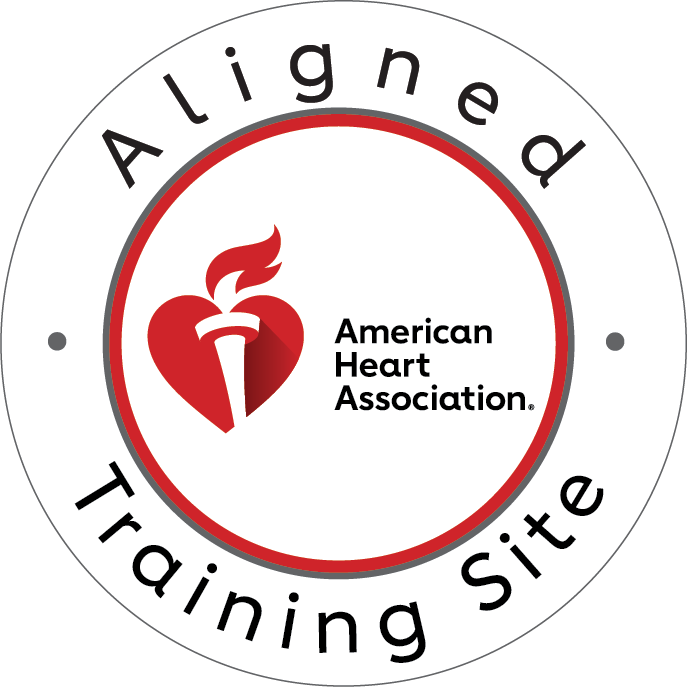When a child’s heart stops beating, every second counts. Cardiopulmonary resuscitation (CPR) becomes the lifeline between life and death, making proper technique crucial. However, chest compression interruptions during child CPR pose significant risks that can dramatically reduce survival chances. Understanding these risks and learning how to minimize interruptions can mean the difference between successful resuscitation and tragic loss.
The Critical Nature of Chest Compression Interruptions in Children
Chest compression interruptions in children represent one of the most dangerous aspects of pediatric resuscitation. Unlike adult CPR, children have unique physiological characteristics that make continuous chest compressions even more vital. Their smaller hearts, faster metabolisms, and different cardiovascular responses mean that even brief interruptions can have devastating consequences.
Research consistently shows that chest compression interruptions during child CPR significantly reduce the likelihood of return of spontaneous circulation (ROSC). When compressions stop, blood flow to vital organs ceases immediately, and brain tissue begins suffering from oxygen deprivation within seconds. In pediatric patients, this window of vulnerability is even narrower than in adults.
What Are the Complications of CPR on a Child?
Performing CPR on children presents several unique complications that healthcare providers and trained responders must navigate carefully. Understanding these complications helps explain why chest compression interruptions in children are particularly dangerous.
Physical Complications
Children’s ribcages are more flexible than adults’, which can lead to different injury patterns during compressions. While this flexibility can be protective, it also means that proper hand placement and compression depth become more critical. Complications may include rib fractures, pneumothorax, or damage to internal organs if the technique is incorrect.
Physiological Differences
Pediatric patients have higher oxygen consumption rates and smaller functional residual capacity in their lungs. This means they desaturate more quickly during cardiac arrest, making continuous oxygenation through uninterrupted compressions essential. Their cardiovascular systems also respond differently to resuscitation efforts, requiring specific approaches to maximize effectiveness.
Emotional and Psychological Factors
The emotional stress of performing CPR on a child can lead to hesitation, technique errors, and unnecessary interruptions. Healthcare providers may feel overwhelmed, potentially causing them to pause compressions for reassessment more frequently than clinically necessary.
When Should Chest Compressions Be Interrupted During Child CPR?
While minimizing chest compression interruptions for children is paramount, certain situations do require brief pauses. Understanding when these interruptions are necessary versus when they should be avoided is crucial for optimal outcomes.
Necessary Interruptions
Interruptions should only occur for specific, time-sensitive interventions. These include rhythm checks, which should be limited to less than 10 seconds every two minutes. Additionally, brief pauses may be needed for advanced airway placement, though this should be accomplished as quickly as possible without compromising compression quality.
Defibrillation represents another necessary interruption, but modern protocols emphasize minimizing the time between stopping compressions and delivering the shock. The goal is to keep interruptions under five seconds whenever possible.
Unnecessary Interruptions to Avoid
Many interruptions during pediatric CPR are avoidable and potentially harmful. These include frequent pulse checks, excessive ventilation attempts, and pauses for medication administration that could be coordinated with ongoing compressions. Chest compression interruptions in children often occur due to provider anxiety or unfamiliarity with pediatric protocols, highlighting the importance of proper training.
Negative Effects of Interruptions in CPR
The consequences of chest compression interruptions during child CPR extend far beyond the immediate pause in blood circulation. These effects compound quickly and can irreversibly impact patient outcomes.
Immediate Cardiovascular Effects
When compressions stop, coronary perfusion pressure drops to zero within seconds. In children, whose hearts are already working harder to maintain circulation, this immediate loss of perfusion is particularly devastating. Restarting compressions after an interruption requires several beats to rebuild adequate pressure, meaning longer interruptions have exponentially worse effects.
Neurological Consequences
The pediatric brain is extremely sensitive to hypoxia, and chest compression interruptions directly impact cerebral perfusion. Each interruption increases the risk of neurological damage, with effects that may not become apparent until later in the child’s development. Studies show that even brief interruptions can lead to worse neurological outcomes in surviving patients.
Reduced Overall Survival Rates
Multiple studies have demonstrated that increased chest compression interruptions during child CPR correlate directly with reduced survival to hospital discharge. The cumulative effect of multiple brief interruptions can be more damaging than one longer interruption, emphasizing the importance of minimizing all unnecessary pauses.
Strategies for Minimizing Chest Compression Interruptions in Children
Preventing harmful chest compression interruptions in children requires systematic approaches and proper training. Healthcare teams must work together seamlessly to maintain continuous, high-quality compressions while managing other aspects of resuscitation.
Team Coordination and Communication
Effective communication among team members can significantly reduce unnecessary interruptions. Designating specific roles, using clear verbal cues, and practicing coordinated care helps ensure that essential interventions occur without stopping compressions. Teams should practice scenarios where medication administration, rhythm checks, and airway management happen with minimal interruption to chest compressions.
Technology and Equipment Optimization
Modern resuscitation equipment can help minimize interruptions. Mechanical CPR devices, while less commonly used in pediatric patients, can provide consistent compressions during procedures. Additionally, using proper monitoring equipment allows for rhythm assessment without stopping compressions, and having all necessary equipment readily available prevents delays.
Continuous Quality Improvement
Regular training sessions focusing specifically on minimizing chest compression interruptions help children maintain skills and awareness. Simulation-based training allows teams to practice high-pressure scenarios and identify areas where unnecessary interruptions commonly occur.
The Importance of Proper Training and Certification
Understanding the critical nature of chest compression interruptions during child CPR underscores the vital importance of proper training and certification. Healthcare providers, childcare workers, teachers, and parents all benefit from comprehensive CPR education that emphasizes continuous, high-quality compressions.
Training programs must specifically address the unique aspects of pediatric resuscitation, including the increased sensitivity to interruptions and the techniques needed to minimize them. This specialized knowledge can save lives when seconds matter most.
Take Action: Protect the Children in Your Community
The devastating effects of chest compression interruptions in children make proper CPR training not just beneficial—it’s essential. Whether you’re a healthcare professional or a community member who works with children, having current, high-quality CPR certification could make you the difference between life and death in a critical moment.
Don’t wait for an emergency to realize the importance of proper pediatric CPR techniques. CPR Memphis, an American Heart Association training site, offers comprehensive BLS for Healthcare Providers, ACLS, and PALS certification in Memphis through stress-free, hands-on classes. Our expert instructors emphasize the critical importance of minimizing chest compression interruptions and provide the skills needed to perform life-saving pediatric CPR effectively.
Take the first step in protecting the children in your community. Contact CPR Memphis today to schedule your CPR certification in Memphis or PALS certification in Memphis. When a child’s life hangs in the balance, your training and quick action could be their only hope for survival.





